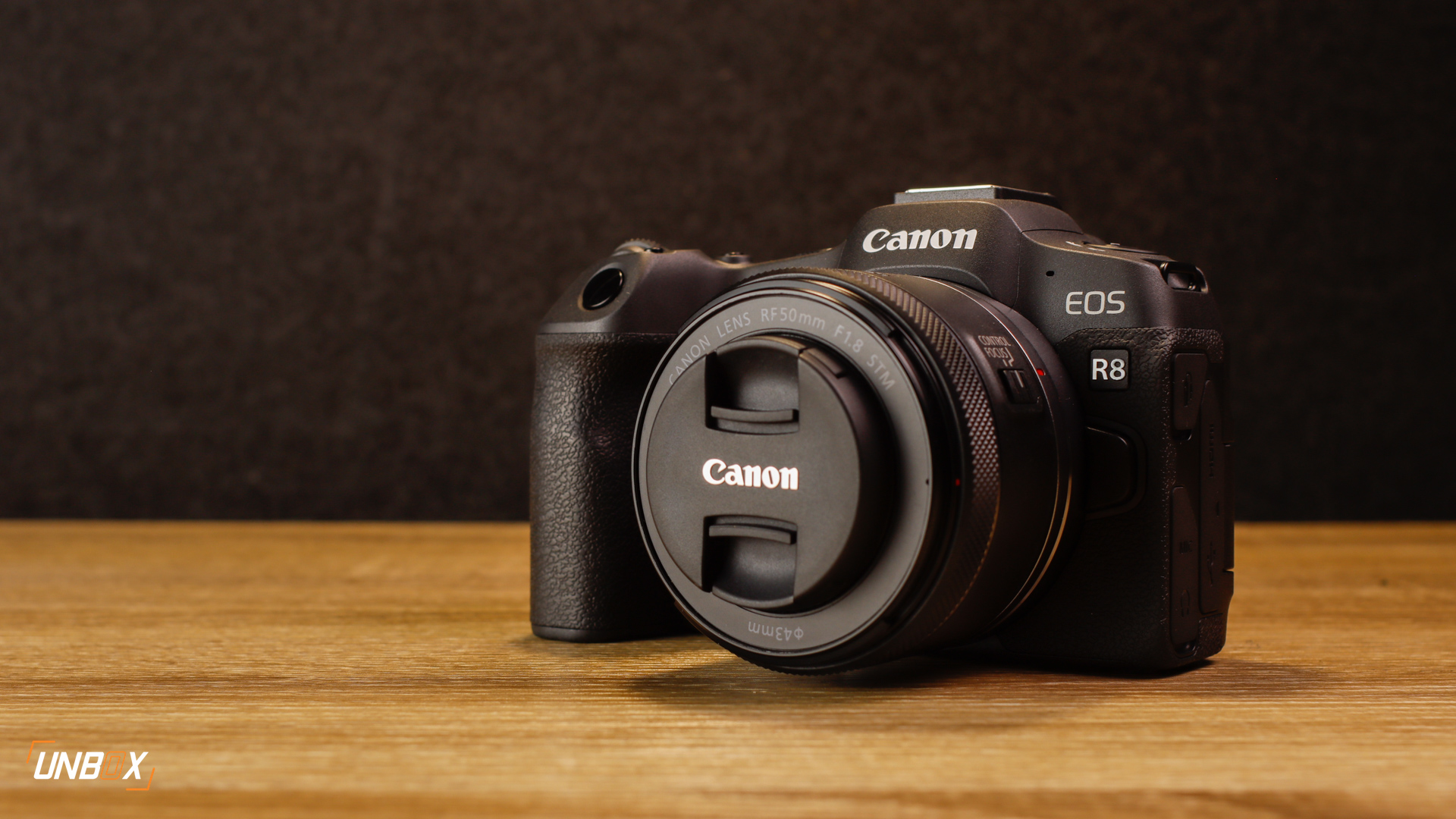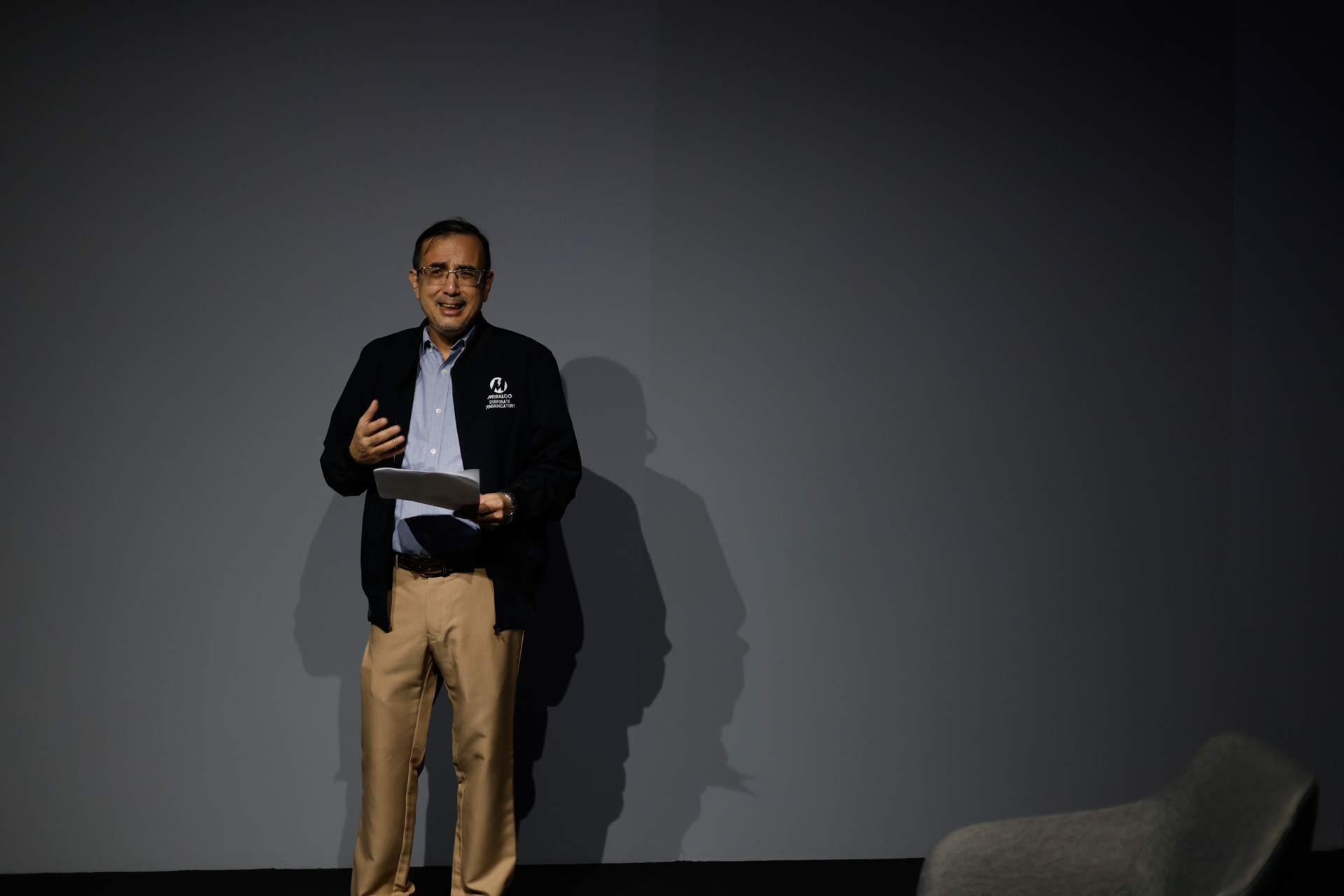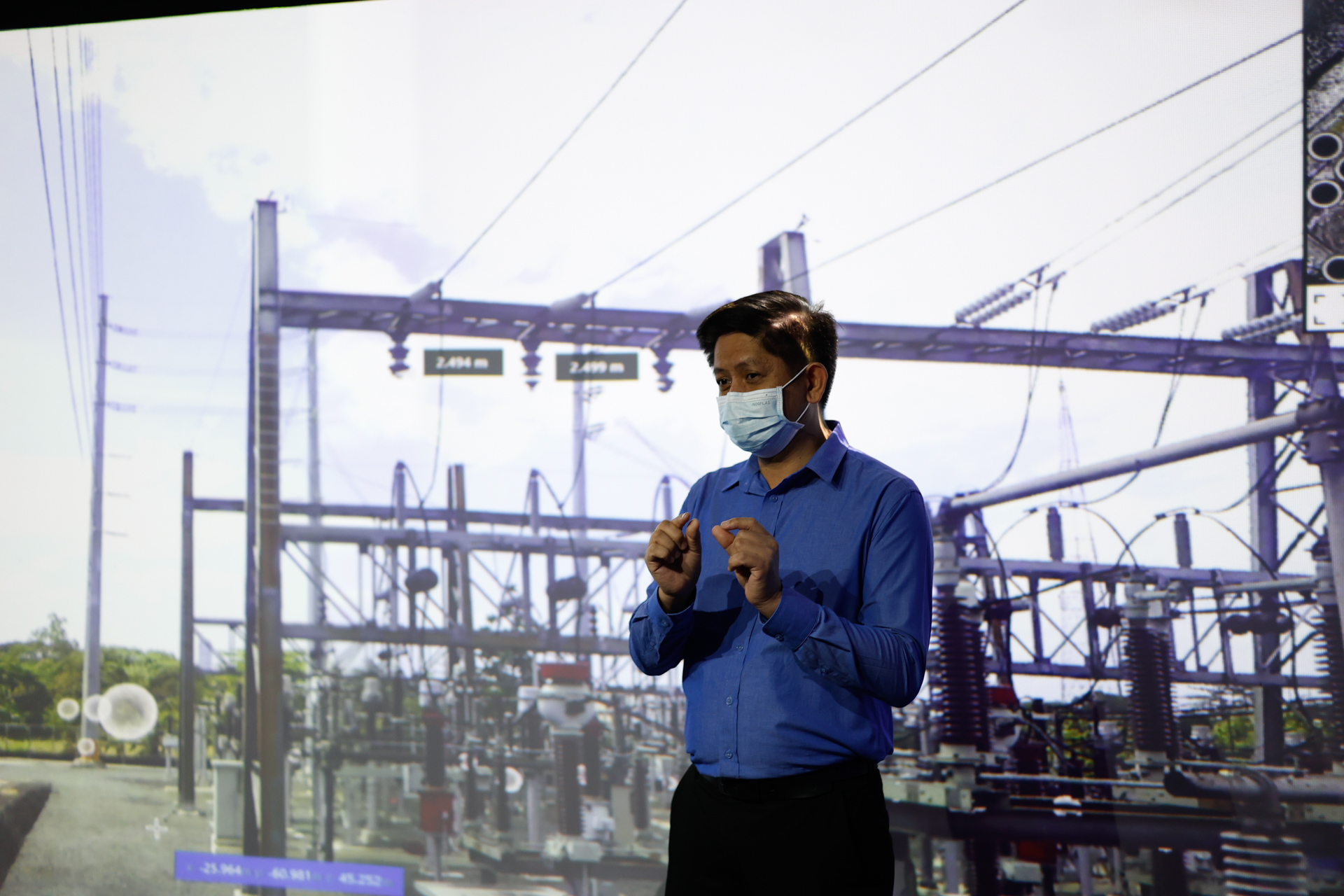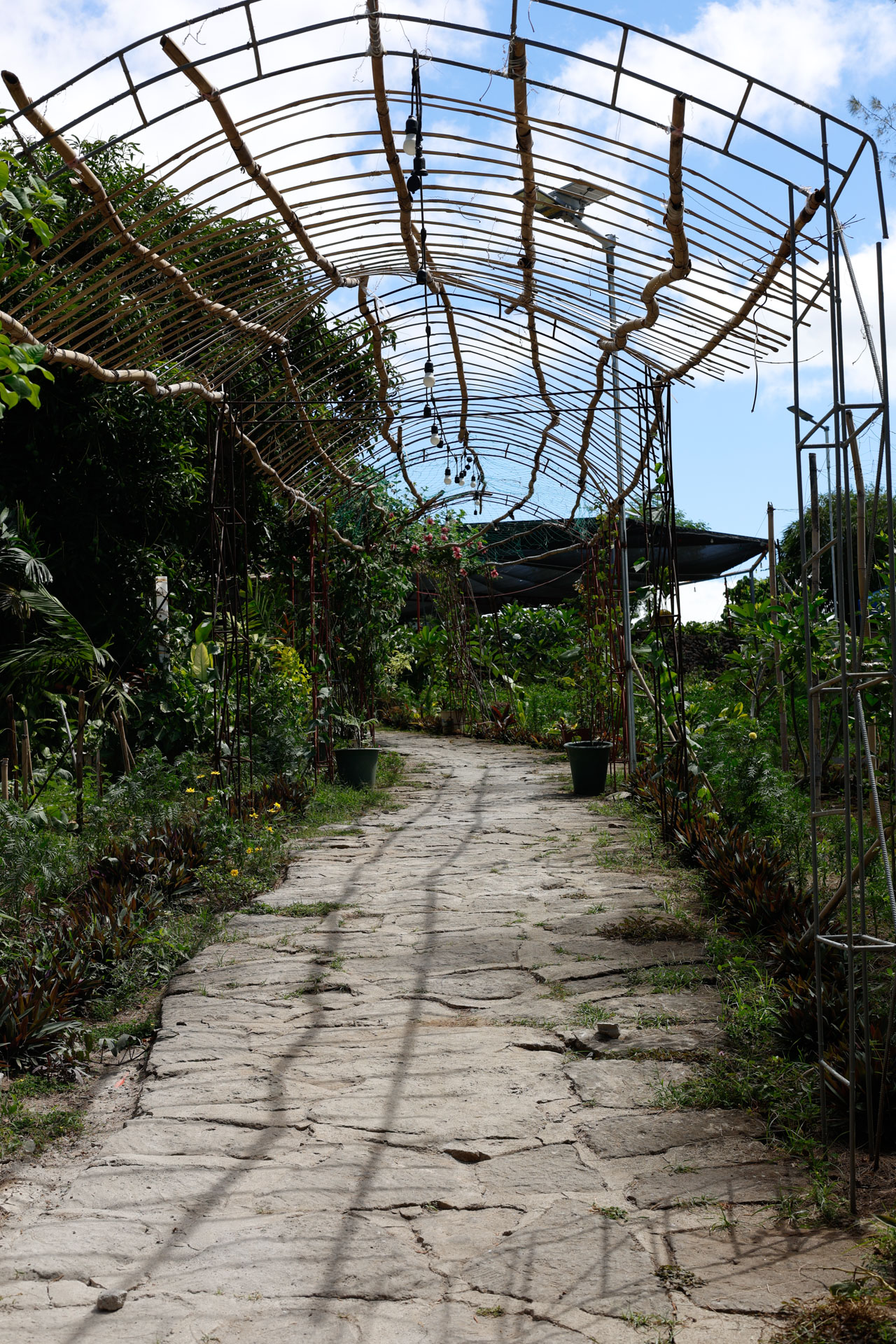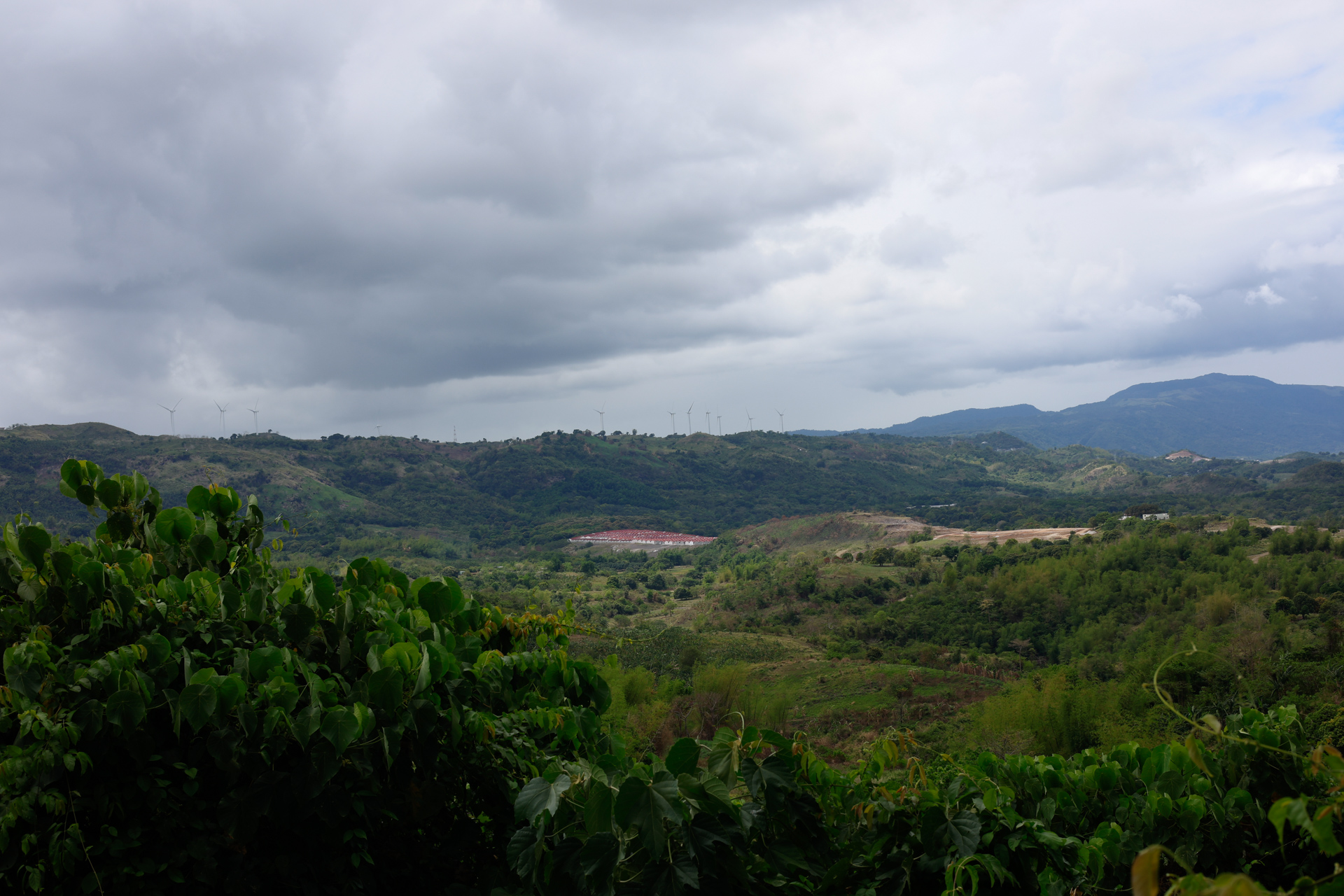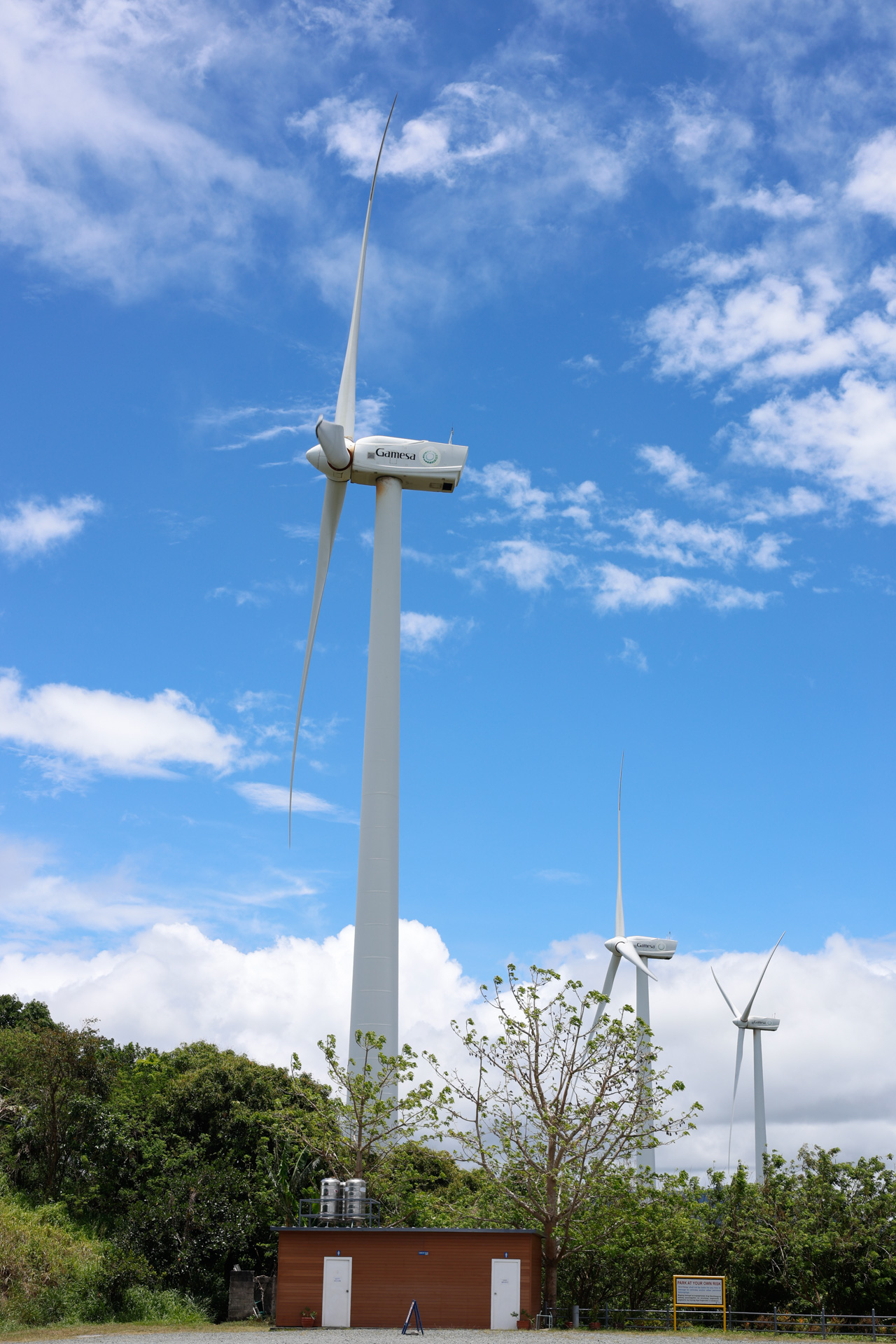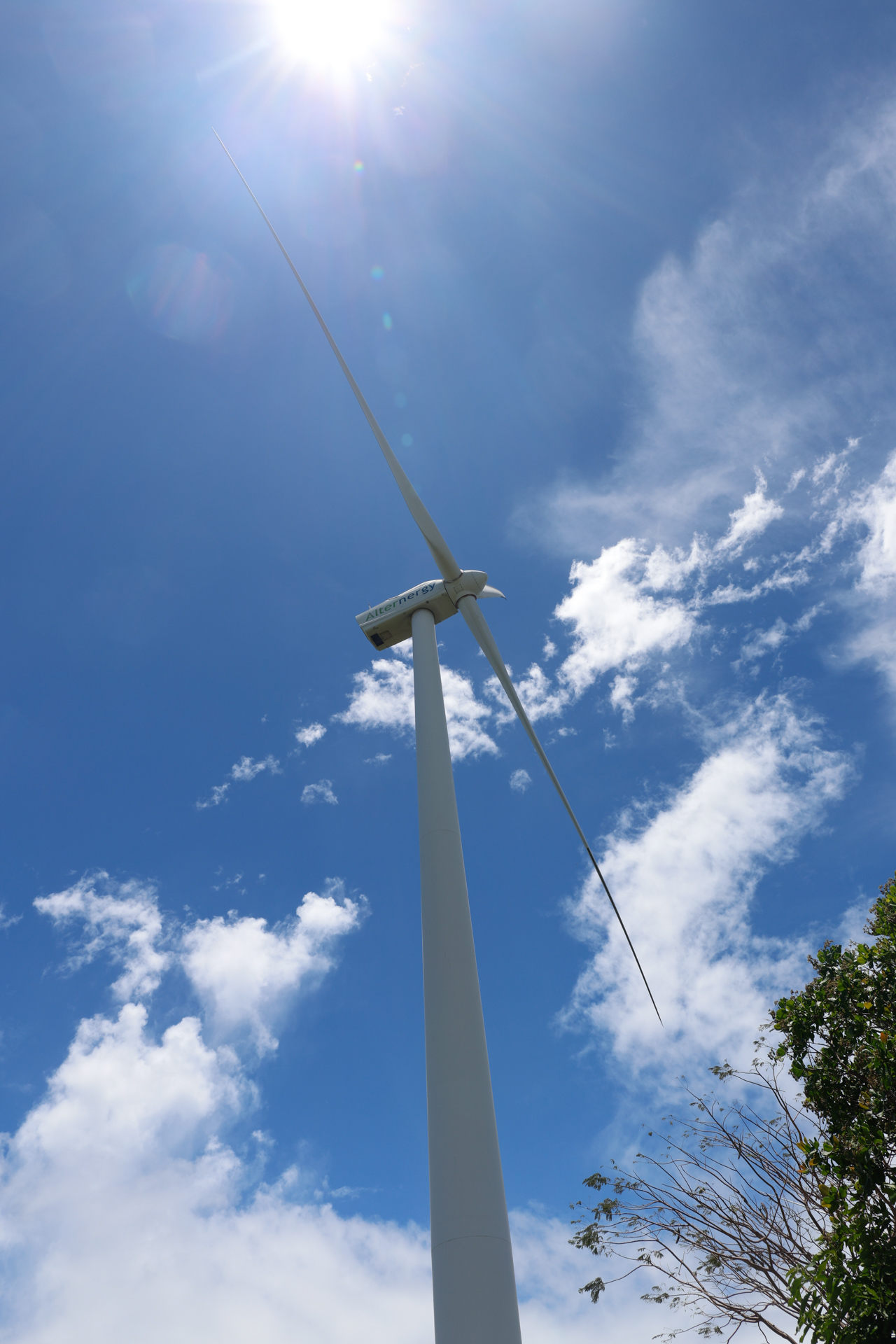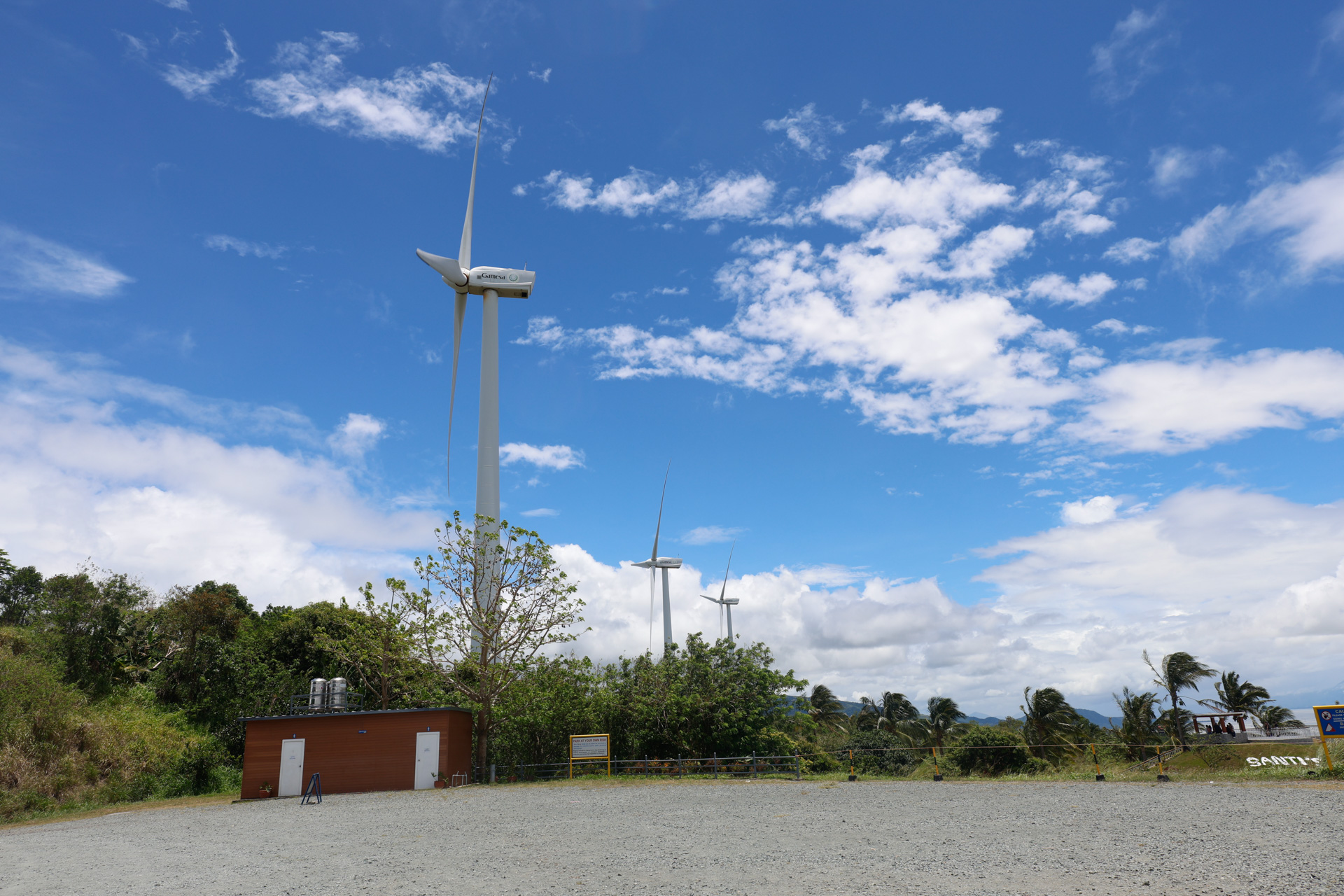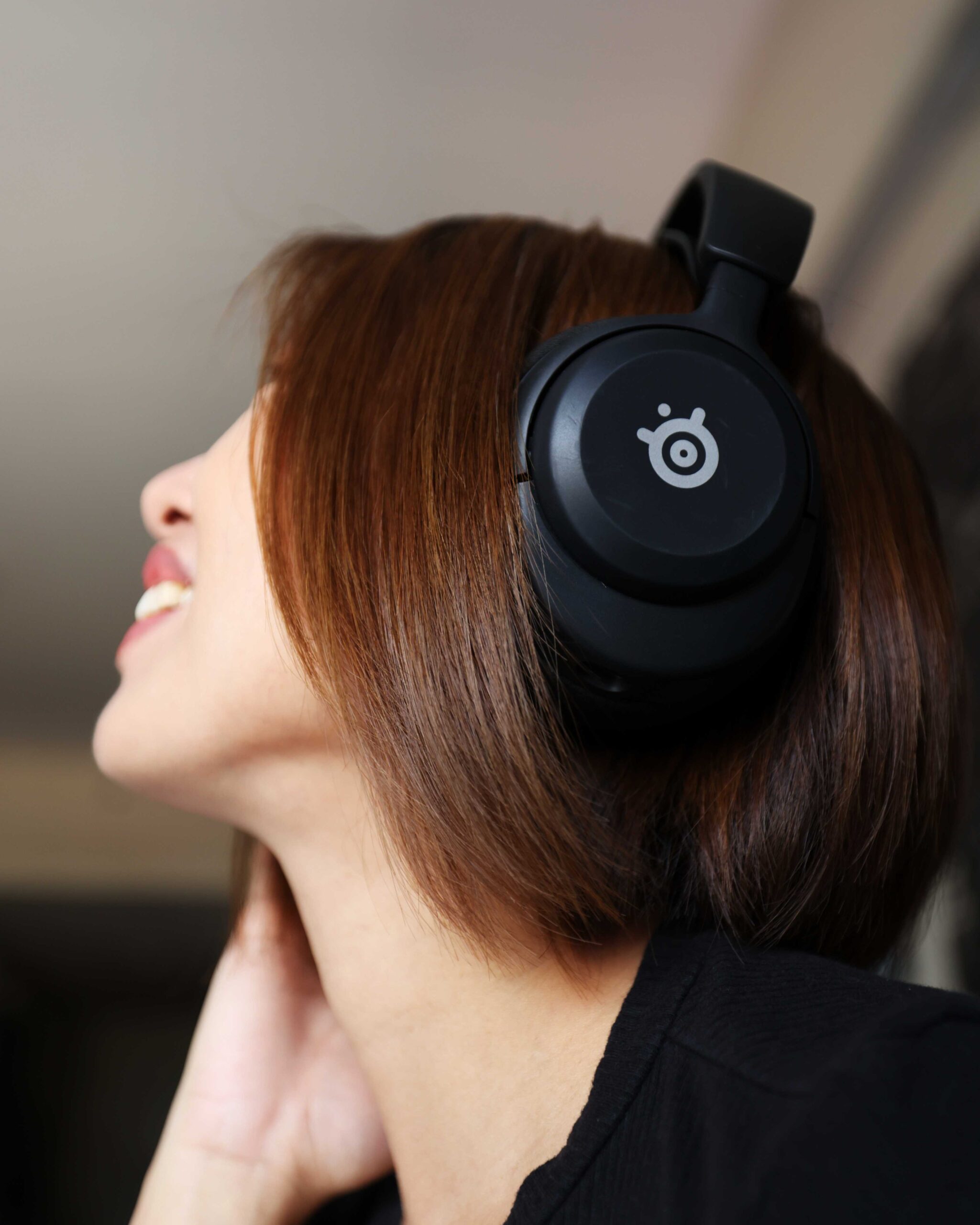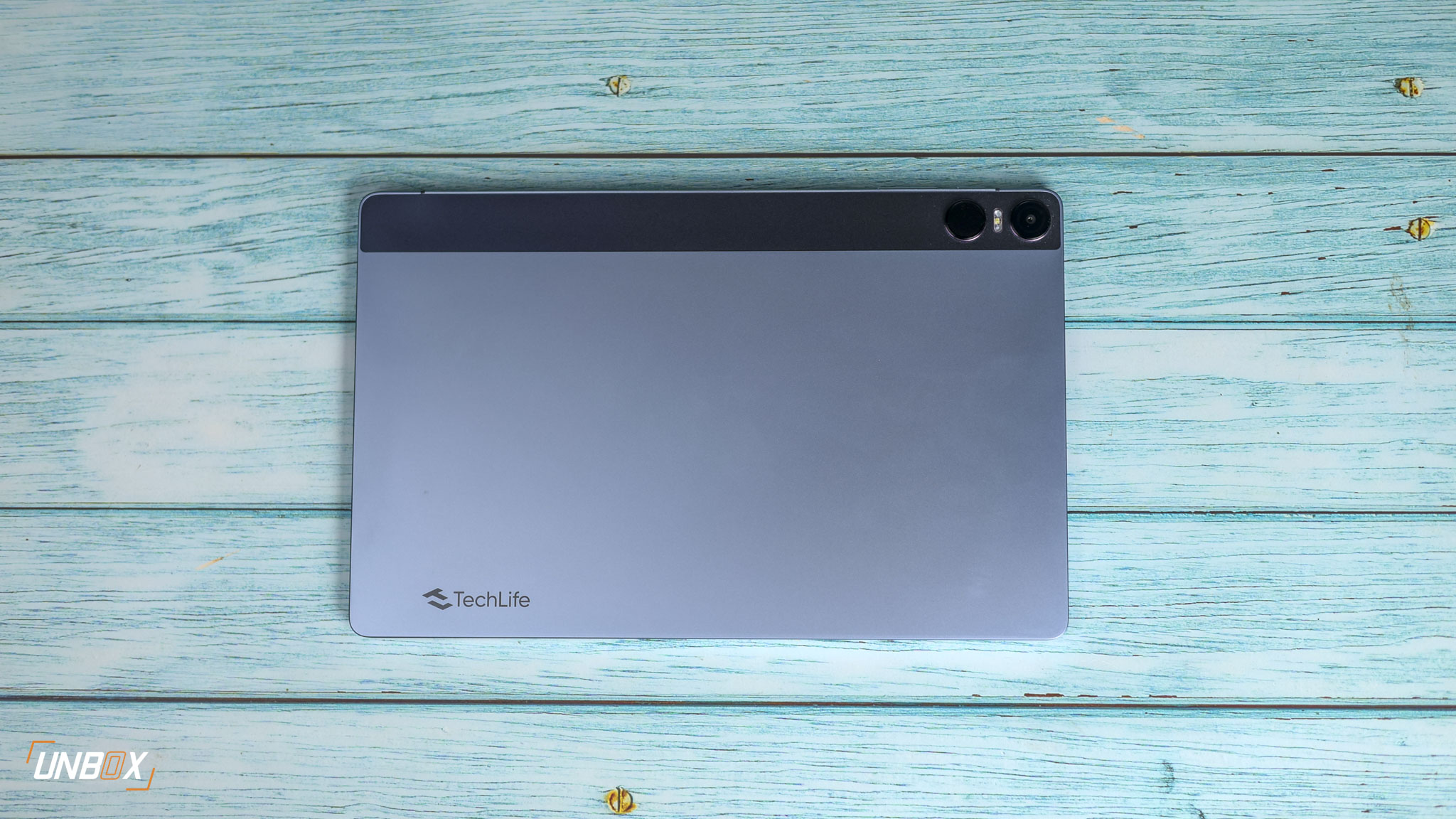Verdict: It took a while before Canon found its footing in the full-frame mirrorless camera market, and the R8 is a solid option for those looking to get into the full-frame RF system in the Philippines without spending a lot.
Pros
-Significantly better than the RP
-Great pricing
Cons
-Small Battery
-No physical joystick
As a proper successor to the EOS RP (which is still available), Canon aims to right its wrongs with the R8, particularly with the part where it scrimped on the features of the RP. Retaining roughly the same size and form factor as the EOS RP, the R8 has a significant upgrade with its internals. Is this enough to make it a compelling compact, full-frame mirrorless camera?
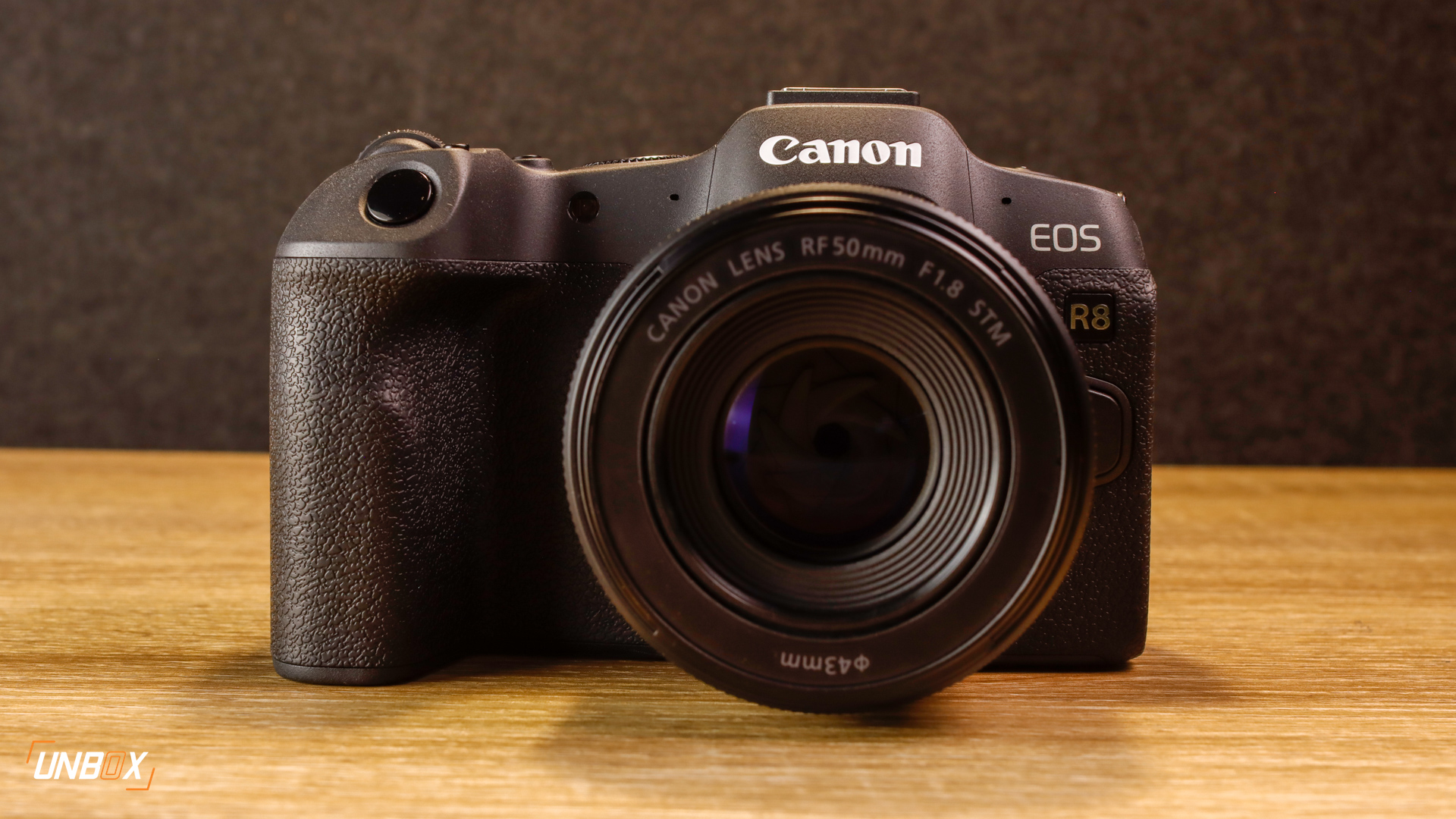
Canon EOS R8 Review Philippines: Design
The EOS R8 essentially uses the same body as the RP, save for a few changes in the switch layout on the top plate where you have a dedicated switch for photo and video modes. Save for that, the EOS R8 is the successor of the RP. Despite being almost identical in terms of size, the EOS R8 manages to be 20g lighter, making it one of Canon’s lightest full-frame cameras on the market.
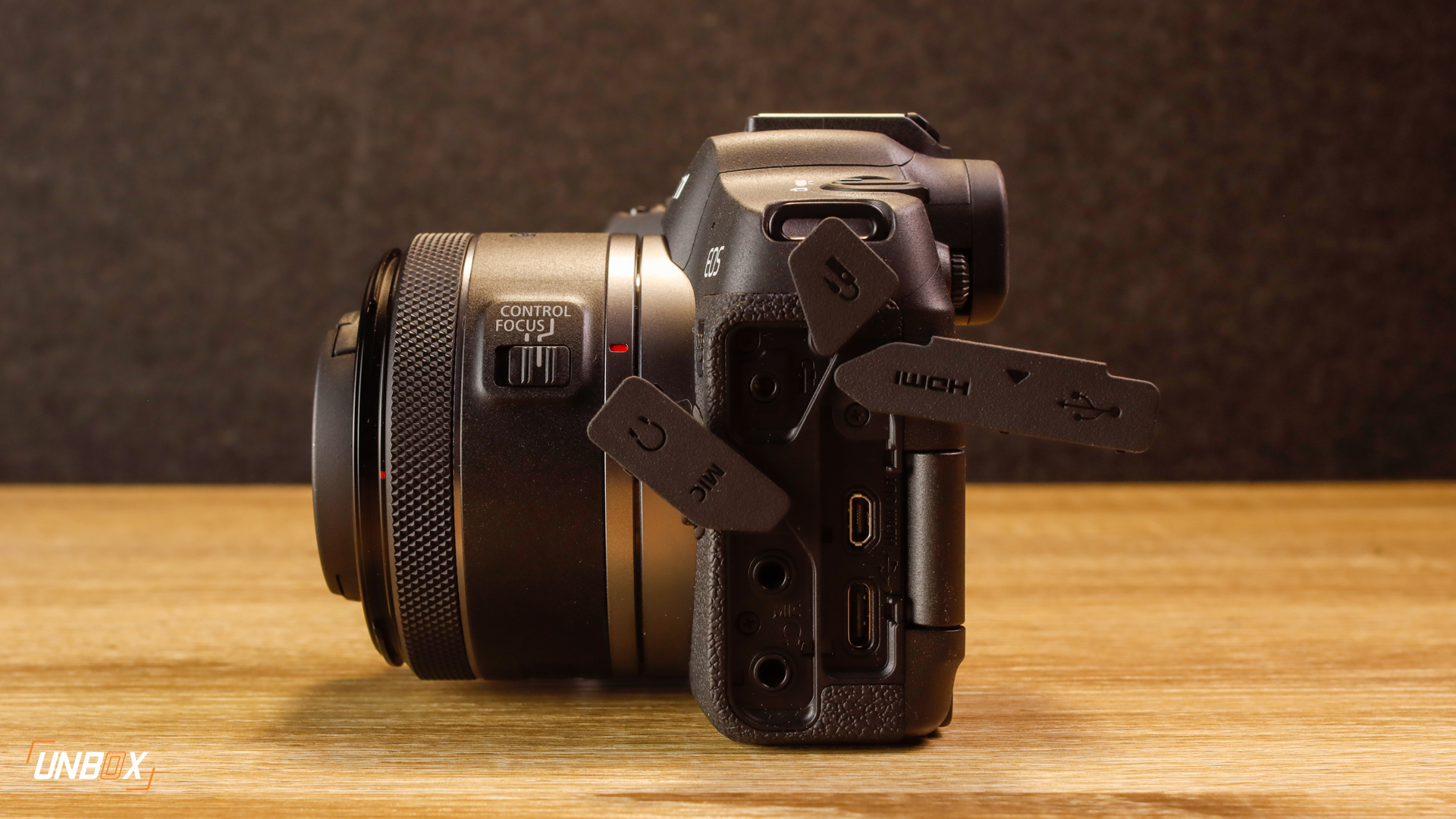
Since you have the same body, the EOS R8 also has a headphone jack and USB-PD port on the right side and uses the same LP-E17 battery that the RP used. Because the EOS R8 is small, one of its compromises is that it uses a rather small battery—it only has a 1040mAh capacity, which is more than half of the 2280mAh capacity of Sony’s NP-FZ100 batteries that are used on a number of its A-series cameras—including the compact A7c.
Canon rates the EOS R8’s battery life at around 220 shots using the EVF. I’ve occasionally used the EOS R8 over the weekend and managed to not drain the battery after my short trip to the province. However, you’re best to keep a spare battery or two if you are going to have a shoot-heavy day—or if you are going to do a lot of video recording.

Because of its size, the EOS R8 is the same as the RP, where the SD card slot is at the bottom beside the battery compartment. Pros and some casual users might not like the location of the SD card slot, as you cannot hot-swap SD cards in the middle of a shoot when the EOS R8 is mounted on a tripod.
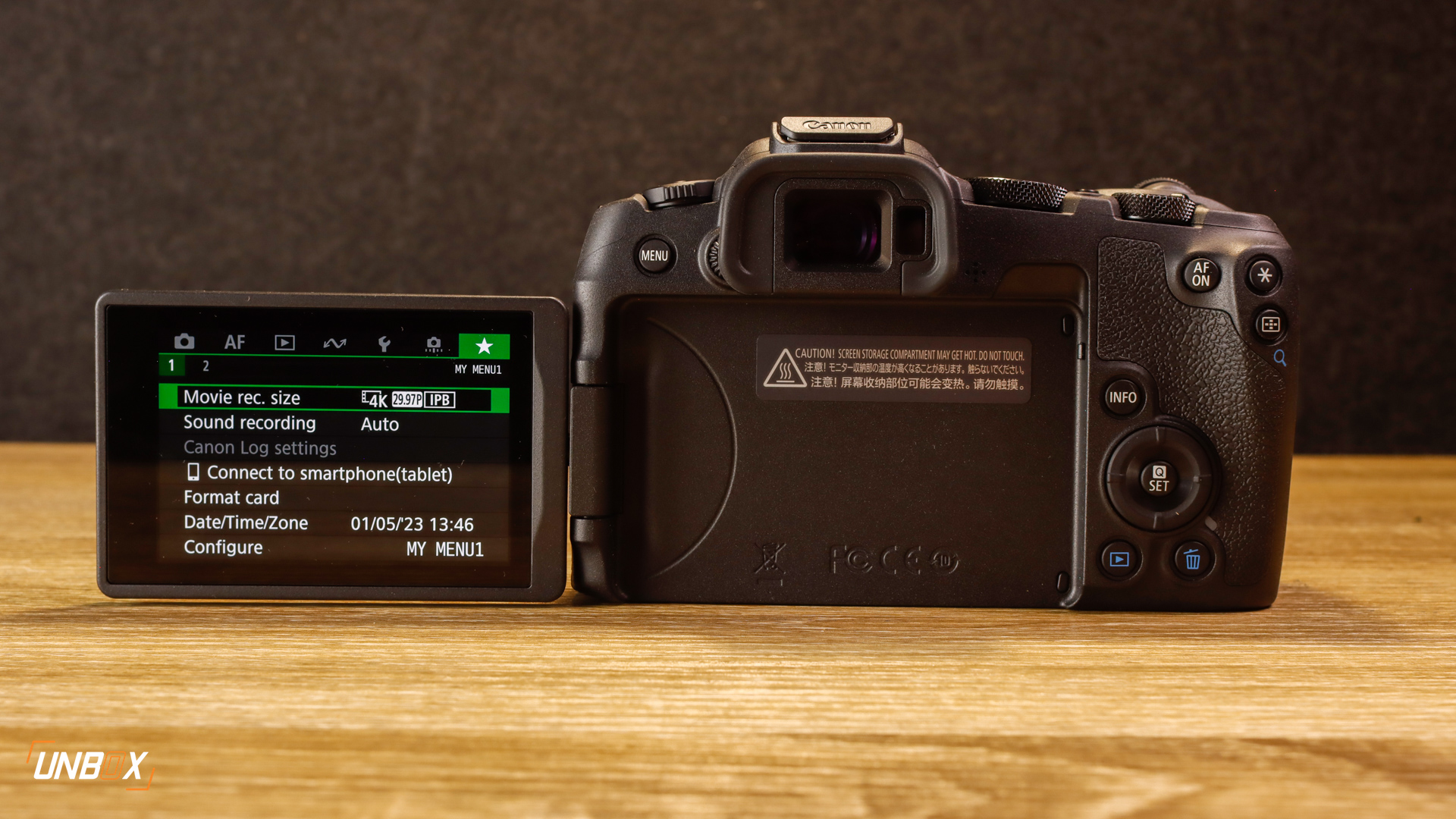
Canon EOS R8 Review Philippines: User Interface
Since the EOS R8 is almost the same as the EOS RP, the overall user interface is generally the same. I’ve used the EOS RP in the past, and my only complaint about its button and port layout is the lack of a joystick control to change AF points while using the EVF easily. The lack of a joystick on the EOS R8 is a strange move by Canon—the more affordable EOS R10 does have one despite using a smaller APS-C sensor, and the EOS R7 has it as well.
When it comes to video, there’s no question that Canon finally addressed the biggest pain point of the EOS RP in the EOS R8. By using the same 24.2-megapixel full-frame sensor found on the R6 Mark II (albeit without in-body OIS), the EOS R8 can shoot uncropped 4K video at up to 60FPS with a recording limit of 30 minutes and up to two hours at 30FPS.
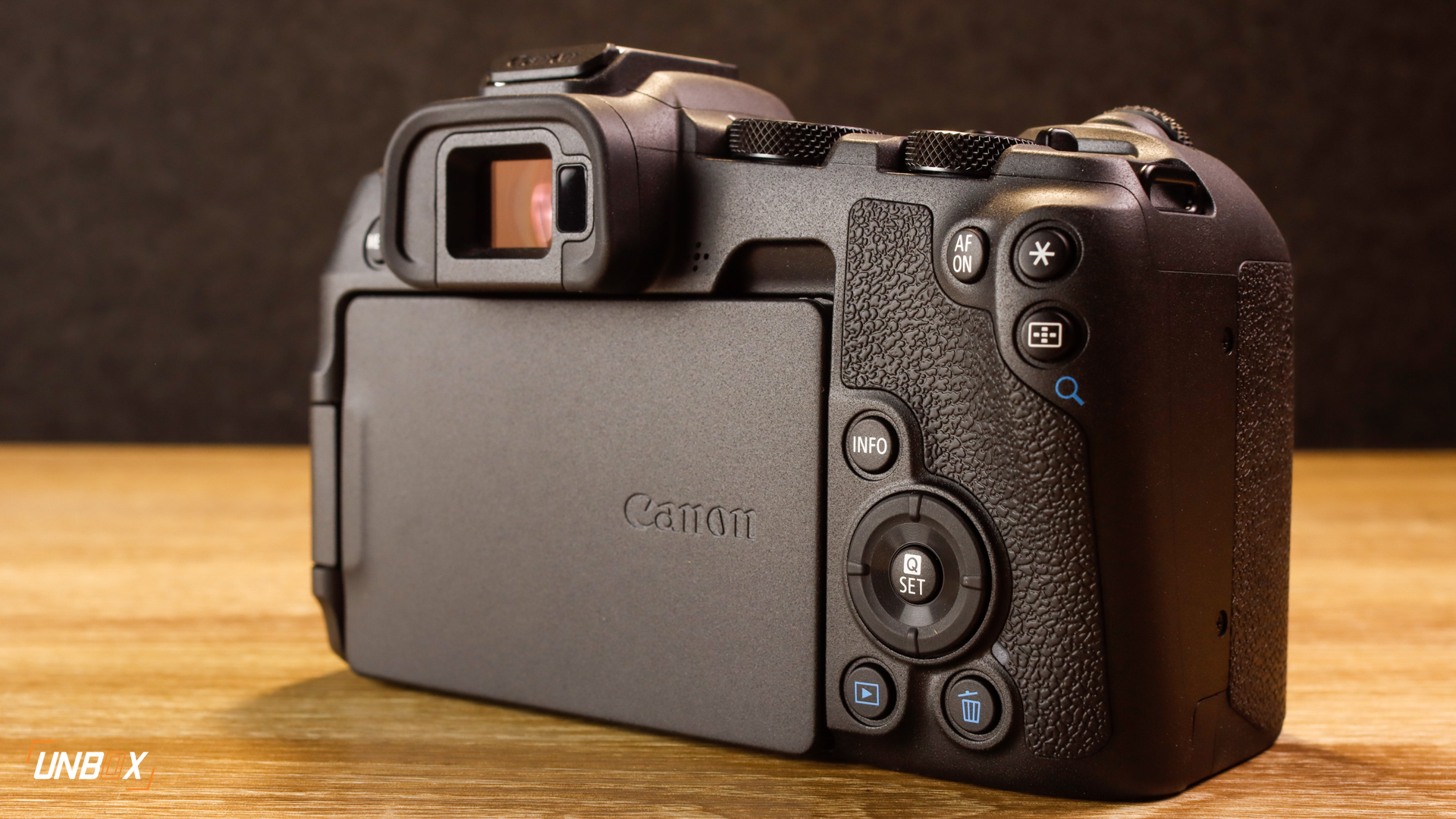
While that’s a decent figure, reaching the 30-minute recording limit might not be feasible because of its small battery—you will likely need to have the EOS R8 connected to an external power supply to maximize its video recording limit.
The EOS R8 is technically an entry-level full-frame camera. Still, it is nice that Canon added support for 10-bit HDR PQ and Canon Log-3, making it suitable as a backup camera for serious videography.
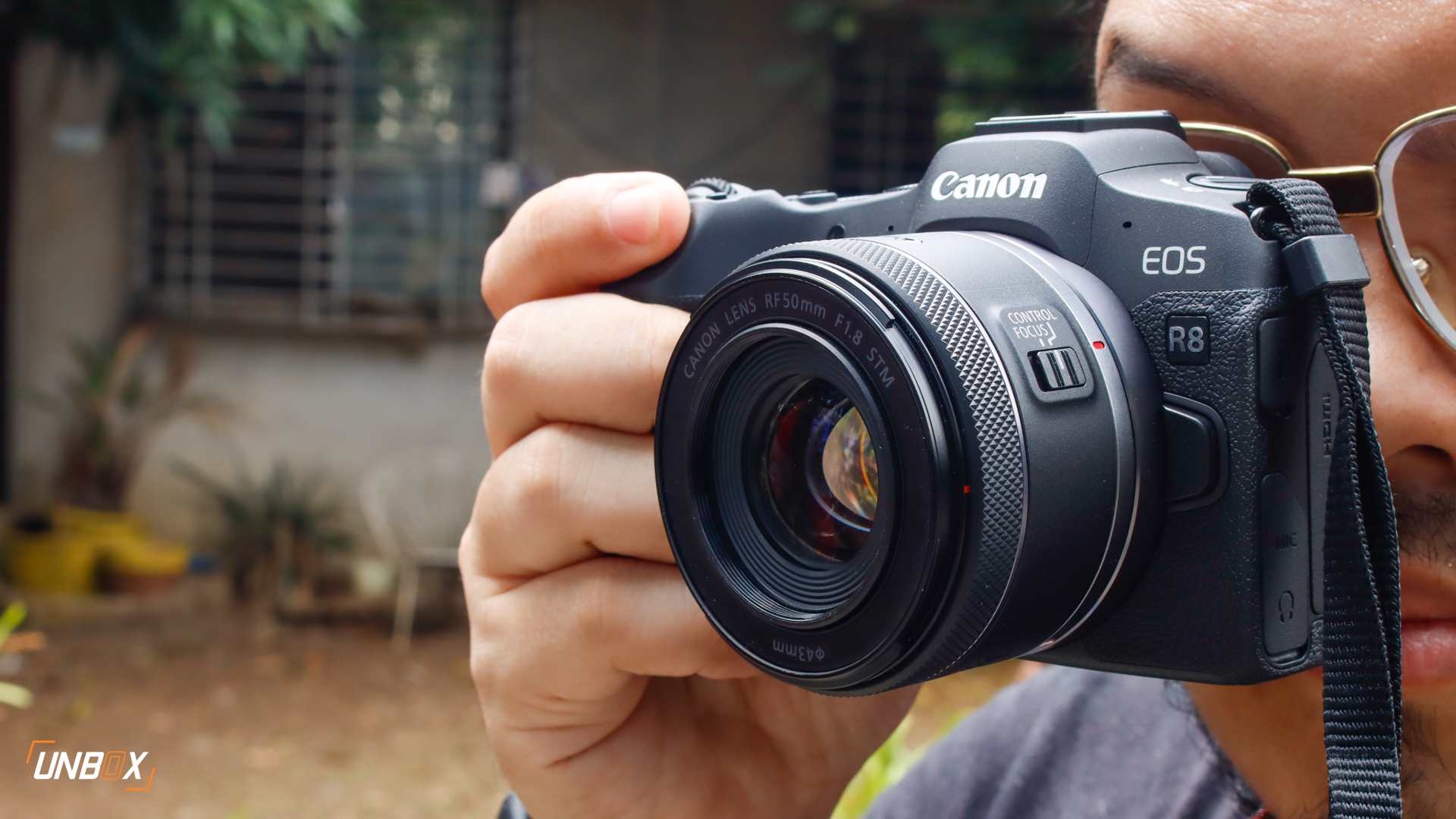
Canon EOS R8 Review Philippines: Camera Performance
As someone who has used the EOS RP in the past, the EOS R8 is a substantial upgrade from its predecessor. I felt the improved performance with the autofocus alone, as the EOS R8 felt absolutely snappier than the RP. Canon’s decision to put some of the EOS R6 Mark II’s features on the R8 is a great move, as it makes this entry-level full-frame camera very competitive for its price—more on that later.
Aside from the snappier autofocus performance, imaging performance in low light is significantly better on the EOS R8. Don’t be deceived by the slightly lower megapixel count on the EOS R8 compared to the RP, as the former is a much newer sensor. You’ll notice the improvement of the EOS R8’s new sensor in low-light shooting, where shooting at ISO 1600 works very fine, with minimal noise grain compared to my experience shooting with the EOS RP at the same ISO setting.
To take advantage of that new sensor the EOS R8 is using, it’s an absolute must to use the native RF lenses. While the RF mount is generous when it comes to compatibility with EF lenses through the use of an official adapter, older EF lenses could not maximize the potential of the EOS R8’s sensor unless you are using expensive glass from Canon’s L series.
I used the EOS R8 to shoot a press conference and took it with me to the province over the weekend to see its performance between using a native RF lens (RF 50mm 1.8 STM) and an adapted EF lens (EF 24mm 2.8 IS USM), and the imaging difference between the two lenses is noticeable especially when you zoom in and pixel peep the photos. Having access to Canon’s older EF lenses on its R series cameras is a nice feature, though you are not maximizing its potential compared to using native RF lenses.
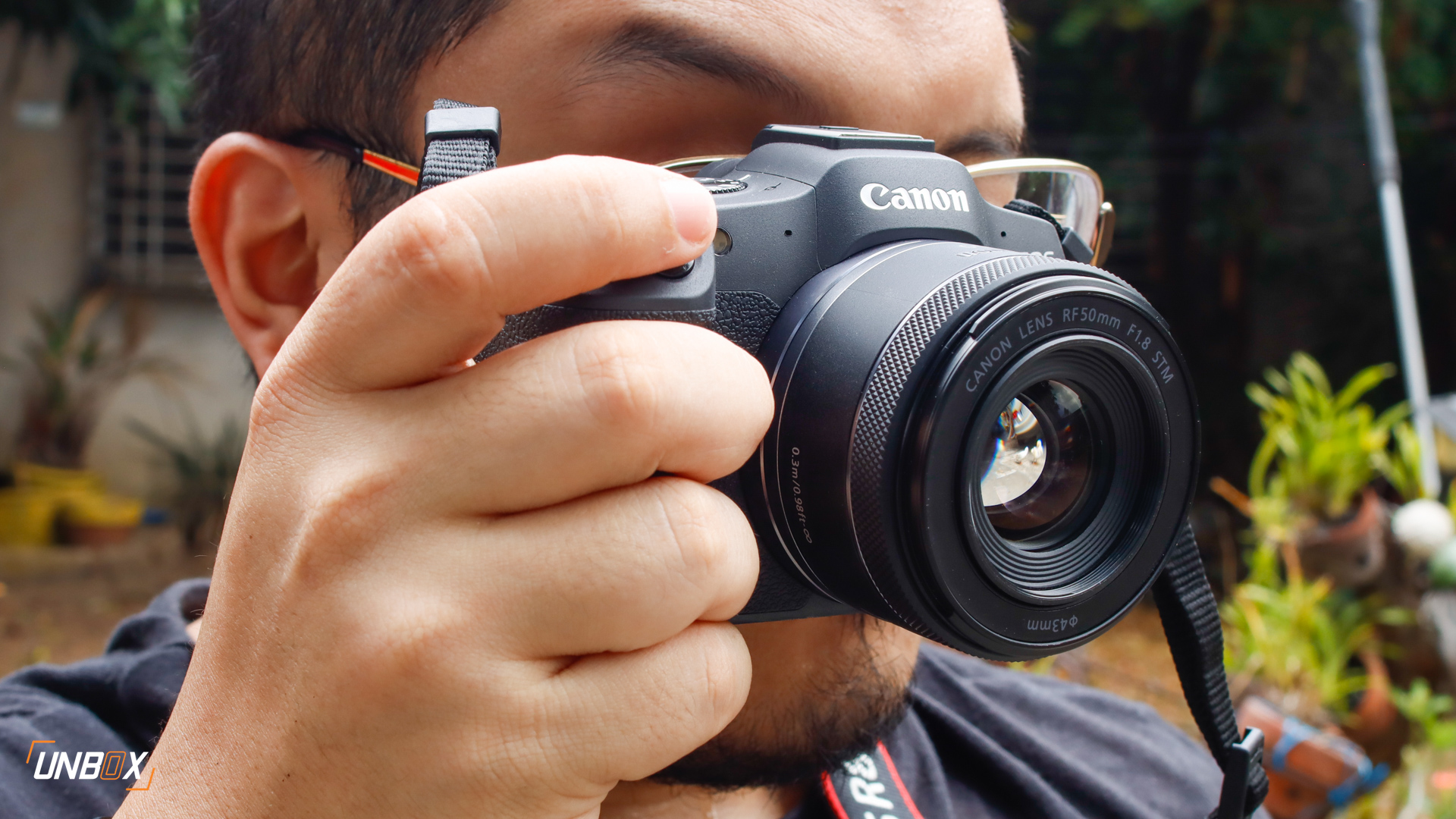
Canon EOS R8 Review Philippines: Wrap-up and Conclusions
Despite having a few compromises because of its small size, the EOS R8 is a big step up from the RP in Canon’s entry-level full-frame offering because of the substantial upgrade with the sensor and internals. This time around, the EOS R8 feels more of a capable hybrid camera compared to the RP thanks to Canon’s decision to NOT scrimp on features and instead add some key features of the R6 Mark 2 to the R8.
Canon EOS R8 Review Philippines: Price
With an official price of Php 107,998 (Php 122,998 with the 24-50mm kit lens), the EOS R8 is competitively priced against other entry-level full-frame cameras in the Philippines.


